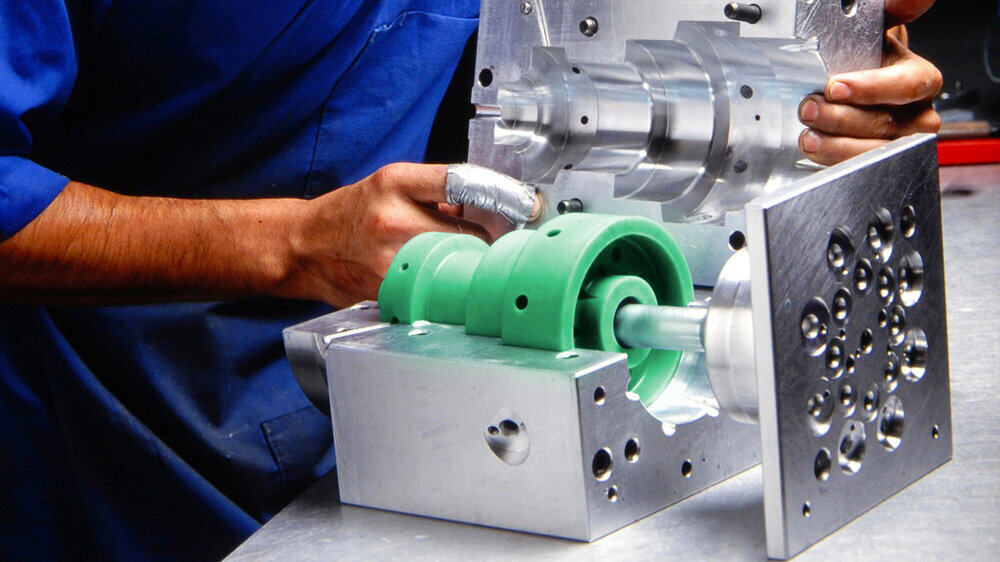Памылка фармату электроннай пошты
emailCannotEmpty
emailDoesExist
pwdLetterLimtTip
inconsistentPwd
pwdLetterLimtTip
inconsistentPwd

Навіны
lost foam casting,sand casting method,lost wax metal casting
Precision casting refers to the general term for the process of obtaining precise size castings. Compared with the traditional sand casting method, the casting size obtained by precision casting is more accurate and the surface finish is better. It includes: lost wax metal casting, ceramic casting, metal casting, pressure casting, lost foam casting.
Precision casting is also called lost wax casting. Its products are precise, complex, and close to the final shape of the part. It can be used directly without processing or with little processing. It is an advanced process with near-net shape.
Today, we mainly introduce lost foam casting, sand casting, lost wax metal casting, and their characteristics, let's take a look!

Sand Casting v.s. Lost Wax Metal Casting v.s. Lost Foam Casting
✔️Sand casting method
Sand casting: A casting method for producing castings in a sand mold. Steel, iron and most non-ferrous alloy castings can be obtained by sand casting.
Process features:
- It is suitable for making blanks with complex shapes, especially with complex inner cavities;
- Wide adaptability and low cost;
- For some materials with poor plasticity, such as cast iron, sand casting is the only forming process for manufacturing its parts or blanks.
✔️Investment casting
Investment casting: It usually refers to making a pattern in a fusible material, coating the surface of the pattern with several layers of refractory material to make a mold shell, and then melting the pattern out of the mold shell to obtain a mold without parting surface, which is fired at high temperature casting scheme that can be filled with sand after pouring. Often referred to as "lost wax casting".
Process features:
- High dimensional accuracy and geometric accuracy;
- High surface roughness;
- It can cast complex castings, and the alloys to be cast are not limited.
Application: It is suitable for the production of small parts with complex shapes, high precision requirements, or difficult to perform other processing, such as blades of turbine engines.
✔️Lost foam casting
Lost foam casting (also known as solid casting) is to bond and combine paraffin or foam models similar in size and shape to castings into model clusters, brush refractory coatings and dry them, and then embed them in dry quartz sand for vibration modeling. It is a new casting method in which castings are formed by pouring down to make the model gasify, liquid metal occupies the position of the model, and solidifies and cools.
Process flow: pre-foaming→foam molding→dipping coating→drying→modeling→pouring→falling sand→cleaning
Process features:
- The casting has high precision and no sand core, which reduces the processing time;
- No parting surface, flexible design and high degree of freedom;
- Clean production, no pollution;
- Reduce investment and production costs.
Application: It is suitable for the production of precision castings of various sizes with complex structures, unlimited types of alloys and unlimited production batches. Such as gray cast iron engine case, high manganese steel elbow, etc.
The above are the process characteristics and applications of these three casting methods. If you want to know more about them, please feel free to contact us.

